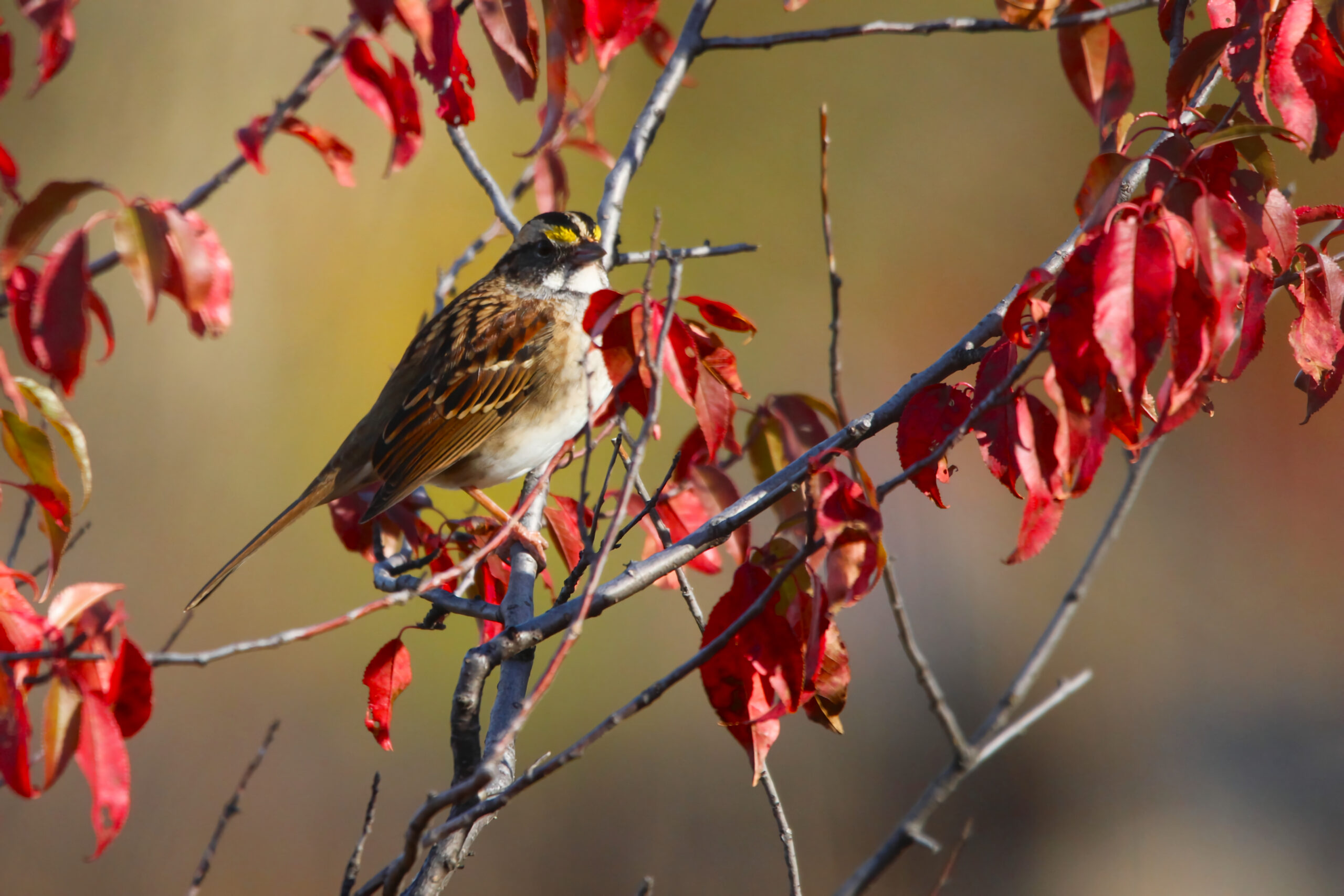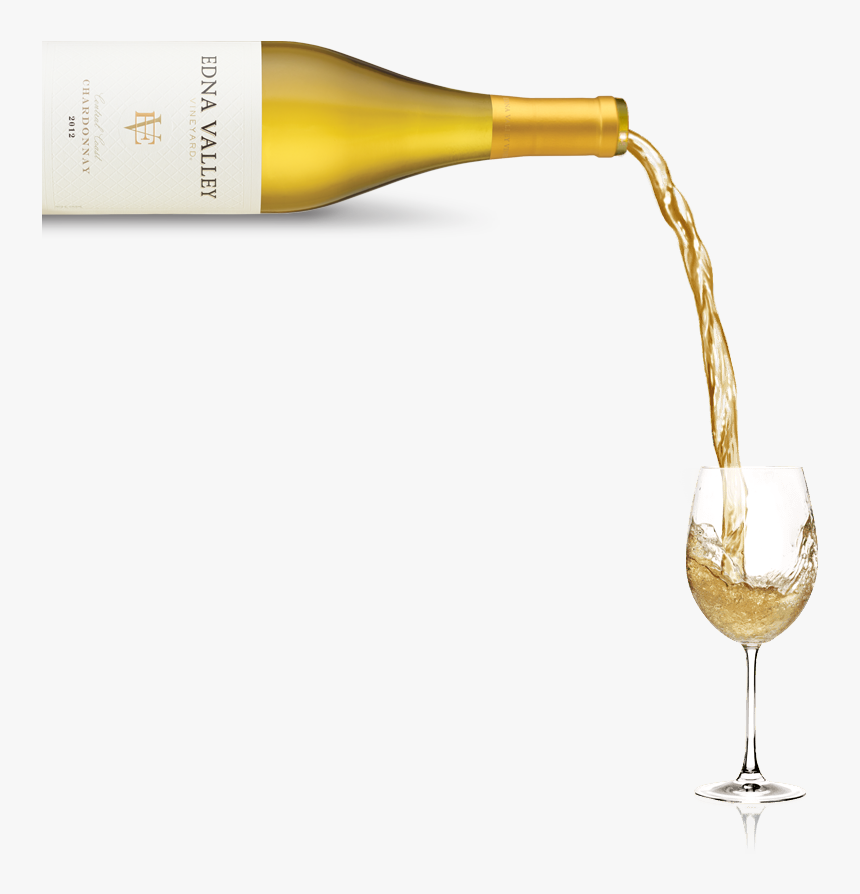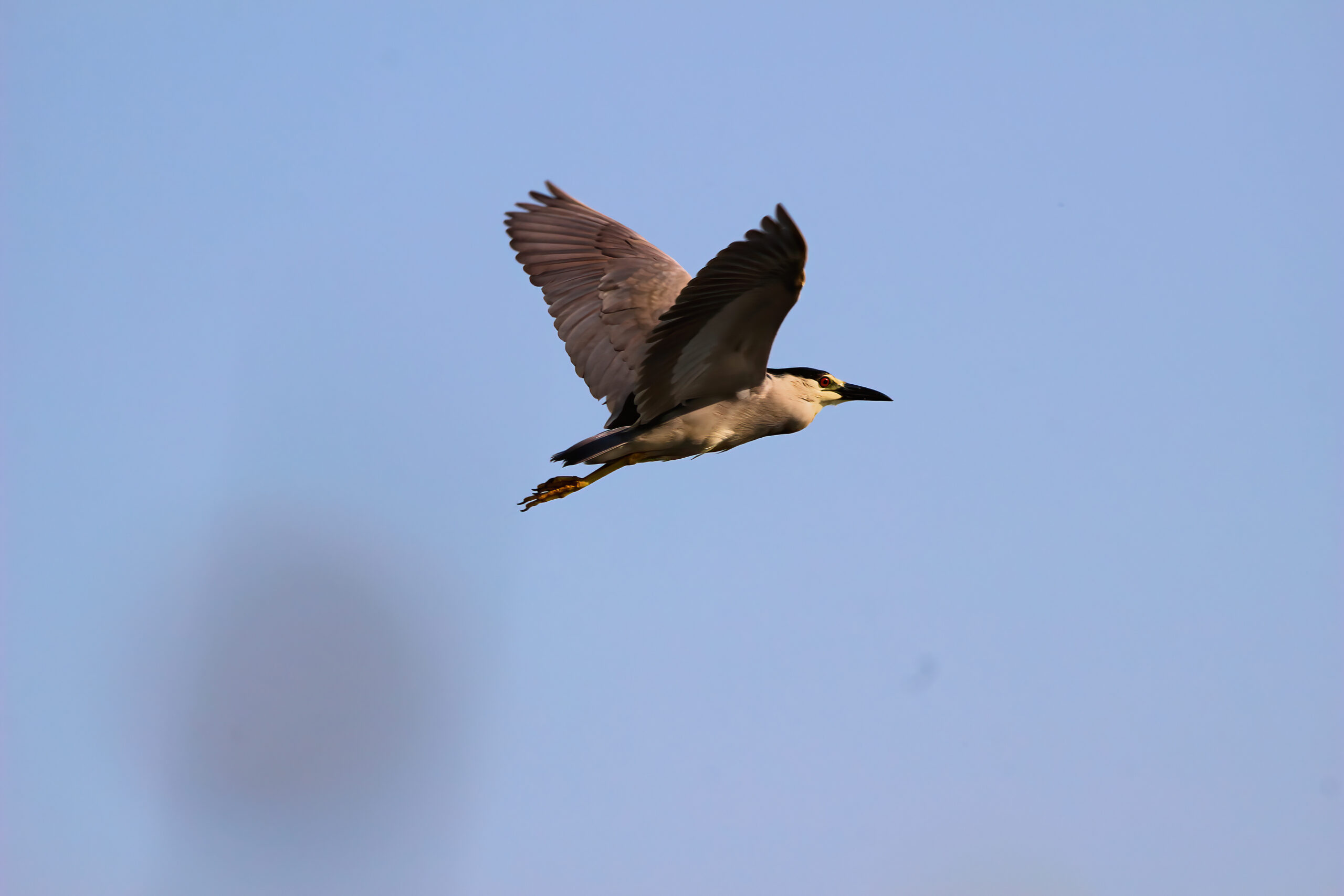With most of us living in urbanized environments, a few bird species seem to like being in the presence of we carbon based units. In the eyes of many, there seem to be too many house sparrows, especially at bird feeders. It’s easy to think that one sparrow dominates our landscape. I must admit it is a joy to be birding in locations where not a single house sparrow would dare live. So, what of the other twenty-one species of sparrows in Alberta?
One that not only lives and nests in our area, but also migrates south at this time of year is the stunning White-throated Sparrow. The eye-catching facial markings of this sparrow will likely attract your attention. Imagine a black eyestripe, white crown and supercilium, yellow lores with a white throat that is bordered with a black whisker or malar stripe. Add gray face patches to this avian angel and one can appreciate the true beauty of this sparrow. To ensure a brilliant yellow set of lores, the consumption of cranberries, blueberries and seeds provide the carotenoids, the pigments manufactured by plants.
To add to the appearance of this species, there is indeed a “morph” of the White-throated Sparrow. In place of the white stripes on its head, the morph has two broad tan colored stripes. This morph was recognized in 1961 by Canadian ornithologist, James Lowther. Aside from the physical difference, the behavior of the morph is also distinguishable from the non-morph. The morph is found to be less aggressive but it does tend to provide better care in raising its young.
Often we look into up the trees to find birds. Many species of sparrows prefer the lowest of branches on spruce trees and are more likely to be seen on the ground. In both the spring and autumn, listening for the rustle of leaves under our coniferous trees is a revealing clue in the search for this sparrow. In our experience these sparrows collect in small groups or flocks, foraging together by scratching through the leaves. On the menu for this beautiful sparrow is a potpourri of insect life and in the spring, fresh buds on trees. These feathered hunters will hop on the ground, kick up the leaves and then quickly pounce on any unfortunate insect.
Much of our beautiful province is home for this sparrow to create the next generation. Calgary and the area east of the city tend to be part of the migratory route taken by the White-throated Sparrow. If you are searching for this unique sparrow, check below those spruce and deciduous trees in late September and October. You may indeed hear the rustling of leaves and the sweet song, “Oh-Sweet-Canada, Canada, Canada” or “Poor Sam, Peabody, Peabody, Peabody”.
Taking time to observe and learn about those other twenty-one sparrows can add much to your birding experience.






